Some of you have been asking “why is the ranch called “Transition Ranch”. Well, it sits in an ecological transition zone between the Texas hill country, west Texas desert area and the south Texas brush country. Hence, the name. It’s the ranch’s location that gives it so much diversity of bird life.
Five photographers joined me in late April for the spring photo tour and I have a couple of their photos to share plus a few I was lucky enough to capture.
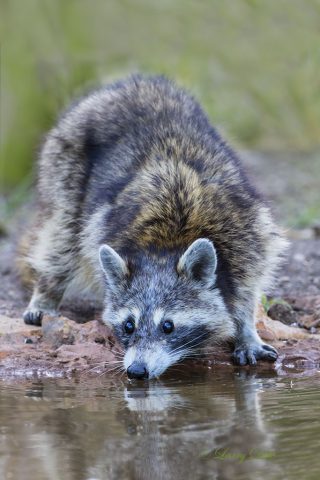
This very old raccoon actually had only one eye, so he looked pretty bad. I added a new left eye to make him presentable…no extra charge for the cosmetic surgery.
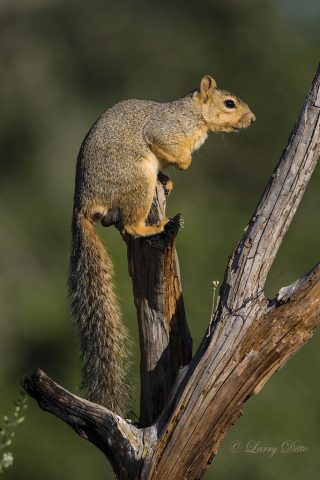
I photographed this fox squirrel in a perch tree added by the ranch owner at a photo blind (the same location as the raccoon and some of the bird images to follow).
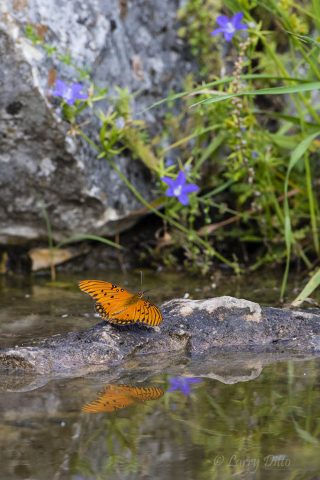
Butterflies were frequent visitors to the water drip site by one of the “morning” blinds.
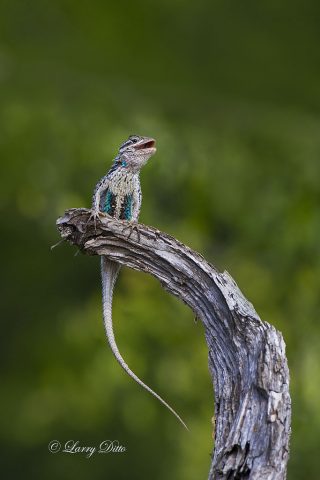
This sunning Spiny Crevice Lizard looked much better on this perch than a bird would. Occasionally, sites are fitted with “perches” that are too large and sun-bleached to work well for bird photos.
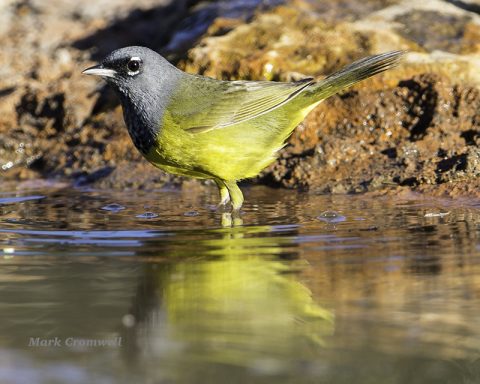
Mark Cromwell sees things the rest of us miss. After getting the MacGillivray’s Warbler, he got this shot (below) of a hummingbird bathing on the wing at a water drip.
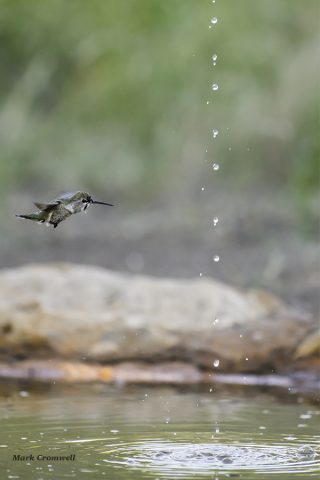
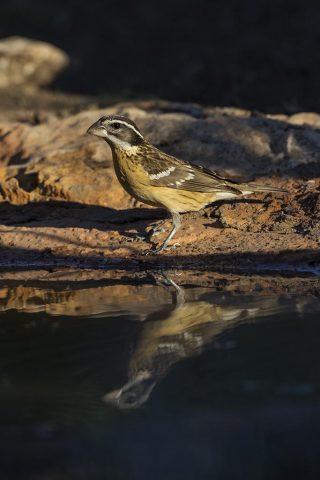
We got our first Black-headed Grosbeak this year at Transition Ranch.
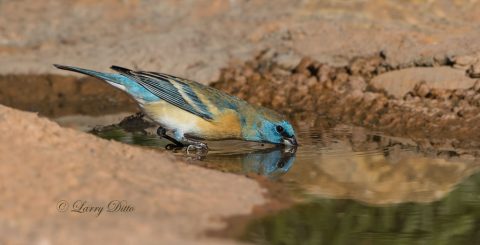
Lazuli Buntings made several appearances this year… a thrilling site for those of us who live east of their range.
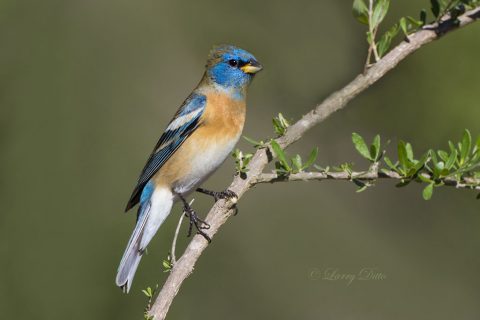
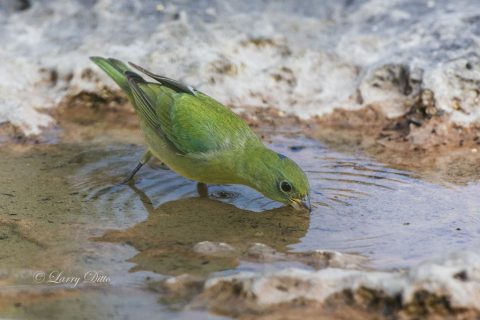
Painted Buntings visited all the Transition Ranch blinds this spring.
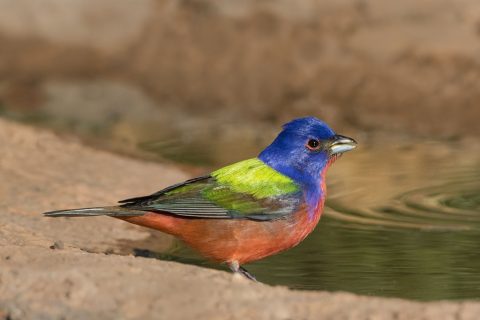
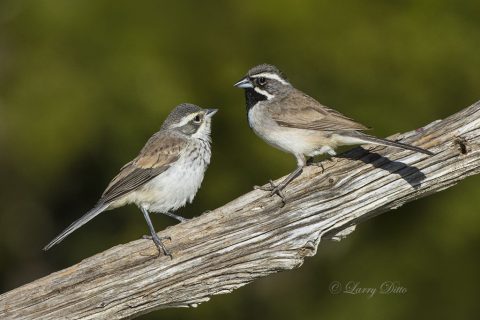
Transition Ranch has lots of sparrows in the spring.
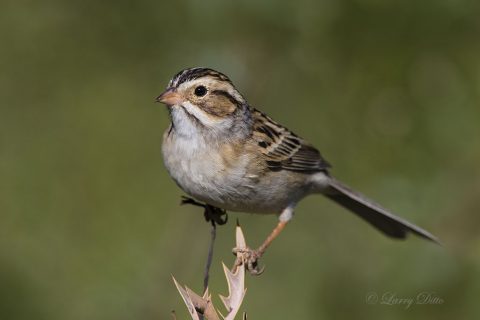
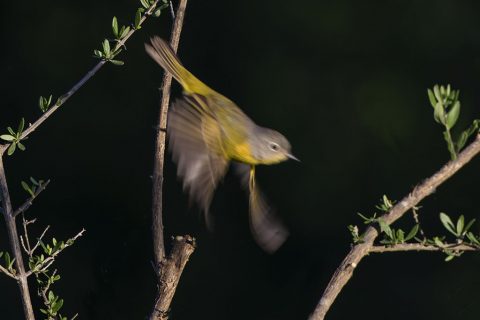
There is seldom enough light to allow the capture of sharp images of warblers in flight, but I liked this blurred shot.
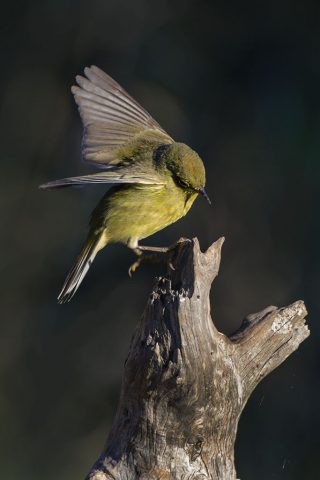
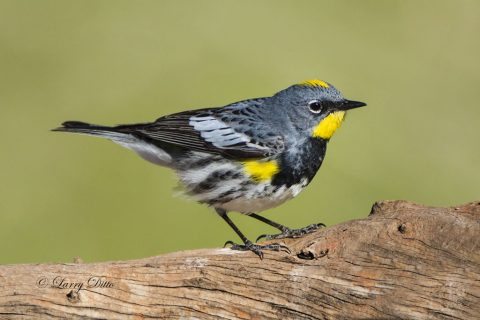
Yellow-rumped Warblers (Audubon’s in this case) are always beautiful in breeding plumage.
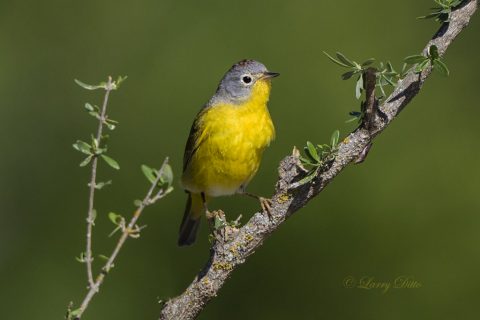
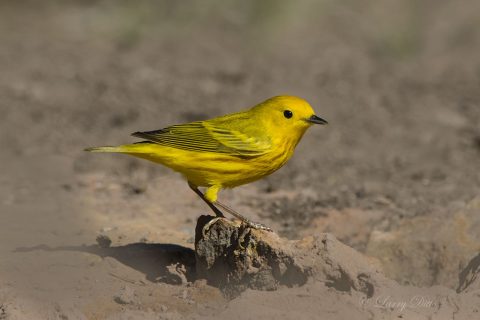
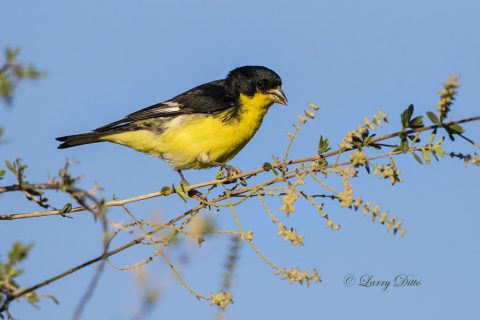
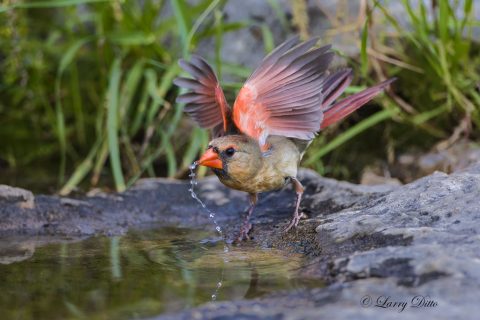
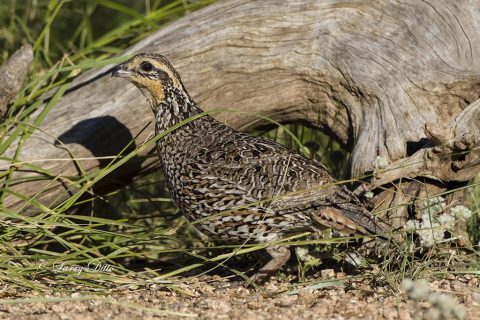
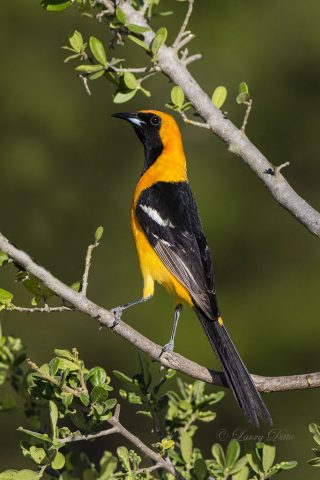
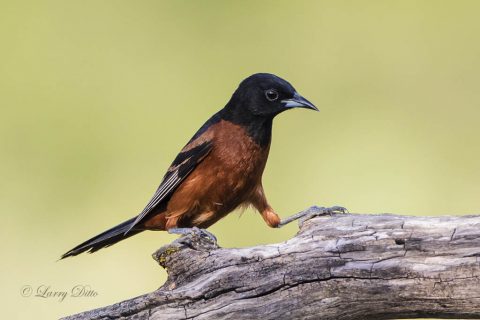
Orioles are always jumpy and hard to photograph, but we got these plus Scott’s Oriole this year.
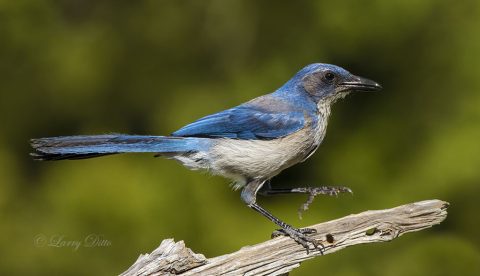
I always enjoy capturing a bit of action (like this bird’s foot in the air) to add interest to a photo.
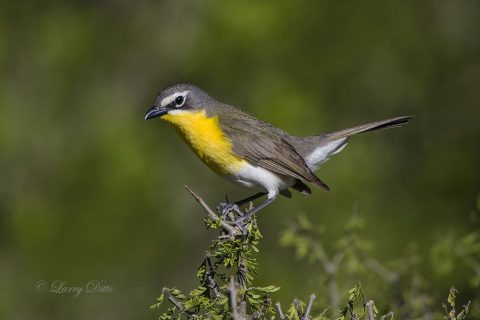
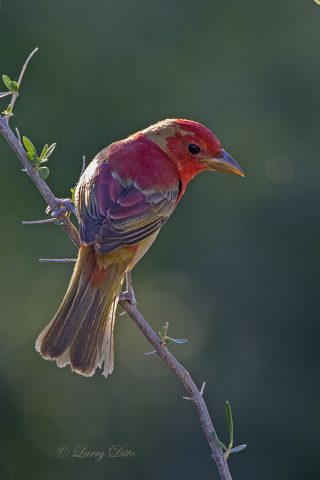
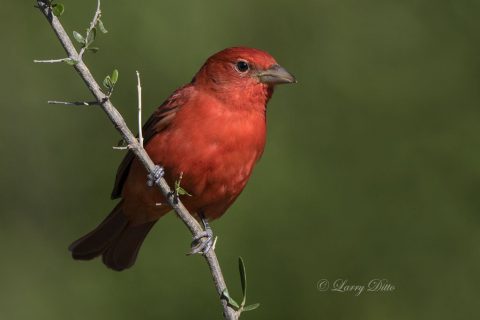
I hope you get the idea; Transition Ranch has a lot of birds in the spring.
Larry
